Important Facts That You Should Know About Breast Cancer
October is Breast Cancer Awareness Month – an annual campaign to increase awareness of the disease. While most people are aware of breast cancer, many don’t have a plan to detect the disease in its early stages and encourage others to do the same.
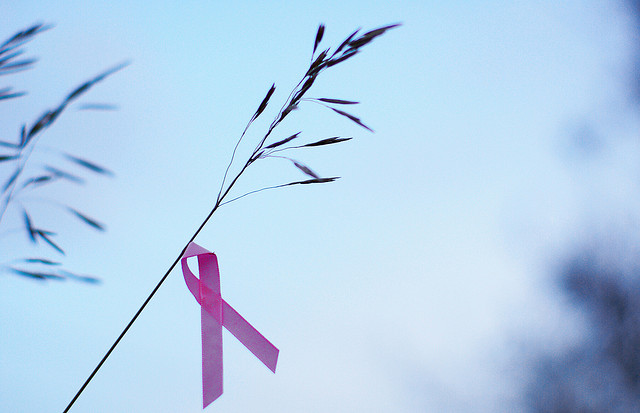
Image by Paul Falardeau, used under CC BY 2.0, via Flickr
Breast cancer is a disease in which malignant cancer cells form in the breast tissues. The damaged cells can invade surrounding tissue, but with early detection and treatment most people continue a normal life.
Activ Doctors Online Medical Director Dr. Howard Zahalsky illustrates:
“Inside every cell is DNA, the instruction manual on how to build your body. At conception, every cell has the potential to form into any type of cell. As the cells grow, they take on their individual ‘jobs’. Despite this specialization, every cell maintains the entire ‘instruction manual’ in their genetic makeup. However, each cell is ‘bookmarked’ with the appropriate information for their job- when and how to grow and stop growing. Sometimes something goes wrong with that DNA and the cells start growing out of control, causing cancer.”
Breast cancer is especially dangerous for its ability to metastasize, or break apart and spread to other areas of the body. Breast cancer commonly spreads to bones, liver and brain, which is what ends up killing you.
Breast cancer is much more common in older women, but younger women can also get it. Some women have erroneous BRCA genes are much more likely to get breast cancer, and get it at a younger age.
Breast Cancer Facts
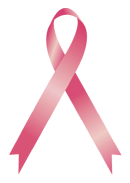
- 1 in 8 women will be diagnosed with breast cancer in their lifetime
- Breast cancer is the most commonly diagnosed cancer in women
- Breast cancer is the second leading cause of death among women
- Each year it is estimated that over 220,000 women in the United States are diagnosed with breast cancer and more that 40,000 will die
- Although breast cancer in men is rare, an estimated 2,150 men will be diagnosed with breast cancer and approximately 410 will die each year
It’s worth noting that men tend to get breast cancer at a younger age, and develop more aggressive forms of breast cancer.
Breast Cancer Prevention
Breast cancer prevention starts with healthy habits, such as limiting alcohol and staying physically active.
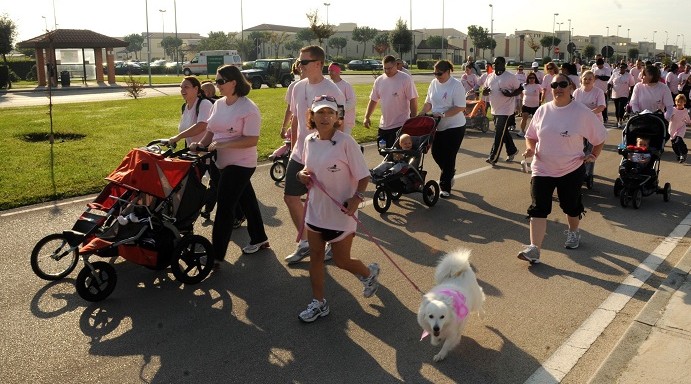
Eat a Healthy Diet
A diet heavy in fruits and vegetables is thought to lower your risk of breast cancer. In particular, several studies have shown that vegetables like broccoli, cauliflower and cabbage, specifically, lower the risk of breast cancer. In one study, it was up to a 40% decrease. “In fairness,” cautions Dr. Zahalsky, “There are larger studies that did not have the same results, but vegetables are so good for you for so many reasons that I would recommend them to keep you the healthiest you can be.”
Additionally, eating a healthy diet may decrease your risk of other types of cancer, as well as diabetes, heart disease and stroke. A healthy diet can also help you maintain a healthy weight – a key factor in breast cancer prevention.
Exercise Regularly
Physical activity can help you maintain a healthy weight, which, in turn, helps prevent breast cancer. For most healthy adults, the Department of Health and Human Services recommends:
- at least 150 minutes (2 1/2 hours) of moderate aerobic activity weekly, or
- 75 minutes of vigorous aerobic activity weekly, plus
- strength training at least twice a week.
Studies have shown there is 20% reduction in the risk of breast cancer in people that exercise moderately, and more significant reduction in post-menopausal women. In post-menopausal women cancer tends to be related to changes in your body, which can sometimes be prevented with good exercise.
“Exercise does more than control your weight – it changes your body’s insulin levels, it affects your bodies hormone levels, and has been shown to affect inflammation in blood vessels, which is one of the reasons exercise is good for your heart,” explains Dr. Zahalsky, “It is actually changing the inflammation, the irritation, inside the blood vessels, which is thought to contribute to heart disease as well as breast cancer.”
Maintain a healthy body weight
Did you know that fat helps breast cancer grow?
Breasts are made up of fatty tissues, fibrous tissue and glandular tissues. When your body has more fat, breast cancers known as estrogen-receptor positive (the most common type of breast cancer) are more prevalent because fat cells create estrogen. Estrogen is like food to many breast cancers. This is especially true, after menopause, where being overweight increase your risk of breast cancer by as much as 15%.
Overweight women tend to have denser breasts. Women with dense breasts on a mammogram have a risk of breast cancer that it 1.2 – 2 times greater than that of women with average breast density. Unfortunately, dense breast tissue can also make mammograms less accurate. A number of factors can affect breast density, such as age, menopause, certain medications and genetics.
Avoid Alcohol
The use of alcohol is clearly linked to an increased risk of developing breast cancer. “As with most things, quantity counts,” Dr. Zahalsky points out, “Women who consume 1 alcoholic drink/day have a very small increase in risk, while those who have 2-5 drinks have 1.5 times the risk of women that do not drink at all.” A pooled analysis of data from 53 studies found that for every alcoholic drink consumed per day, your risk of developing breast cancer increases by 7%. That doesn’t mean you can never drink alcohol, it simply means to drink in moderation.
“People think that alcohol only affects the liver, but what happens is you’re your liver is the ‘garbage disposal’ for your body, including old estrogen. Alcohol interferes with the liver’s ability to clear out old estrogen, so the more you drink, the higher your estrogen levels will be, and the more ‘food’ will remain for the cancer.”
Alcohol also affects your folic acid levels. Your body metabolizes alcohol by combining it with folic acid. Folic acid helps repair DNA. “DNA can become damaged in a variety of ways, but folic acid is one of the chemicals your body uses to identify problems in you DNA,” explains Dr. Zahalsky, “If your body is ‘short-staffed’ on folic acid because of alcohol, then it will not be able to identify damaged DNA.”
No Smoking
For a long time, studies found no link between cigarette smoking and breast cancer. In recent years, more studies have found that long-term heavy smoking is linked to a higher risk of breast cancer. Some studies have found that the risk is highest in certain groups, such as women who started smoking when they were young.
Researchers at the American Cancer Society have found that smoking increases a woman’s risk for breast cancer by as much as 24%. Even former smokers have a 13% higher risk of breast cancer, even years after quitting.
Why?
Because the chemicals in cigarettes have the ability to irreparably damage the cellular DNA. These changes are more likely to lead to breast cancer if you are smoking before your first child. The biochemical changes associated with childbearing, and, in particular, breastfeeding, appear to protect the breast tissue from DNA damage from smoking.
Early Detection is Key
Sometimes, despite our best intentions to eat healthy, people get breast cancer. This could be due to BRCA gene mutations, environmental pollutants or just plain bad luck and there is only so much prevention can do.
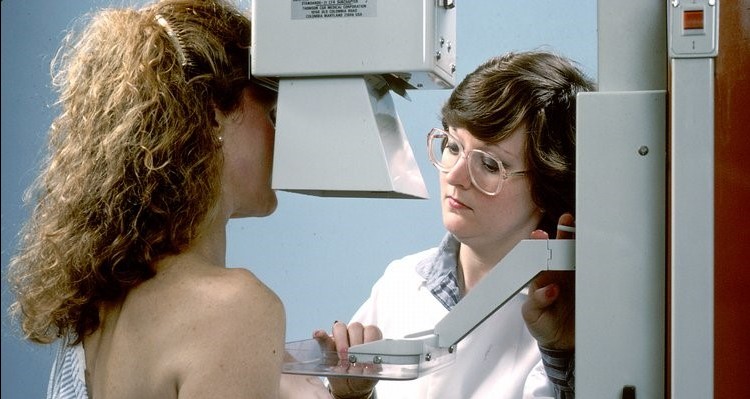
Mammograms
The current recommendations are that you get a mammogram every two years starting at age 50 until age 74. (This is a recent change from a yearly mammogram starting at age 40 and onward).
Clinical Breast Exams
A clinical breast exam is a visual and physical exam performed by trained healthcare professionals. It is a vital part of your annual exam because your doctor may notice different types of abnormalities and warning signs you did not during home self-examinations.
Breast ultrasound
A non-invasive procedure that uses sound waves to create an image of the tissues inside the breast. Often performed as follow-up after an abnormal mammogram or clinical breast exam.
Breast MRI
Used for breast cancer diagnosis staging and screening women at higher risk, breast MRI uses magnetic fields and an intravenous contrast dye to create images of the breast. Breast MRIs and breast ultrasounds can pick up much tinier abnormalities – many of which are benign – leading to an increase in biopsies that can be emotionally traumatizing.
Know Your Breasts: Warning Signs and Symptoms
Be vigilant about breast cancer detection. If you notice and changes in you breast, such as a new lump of skin changes, consult your doctor.
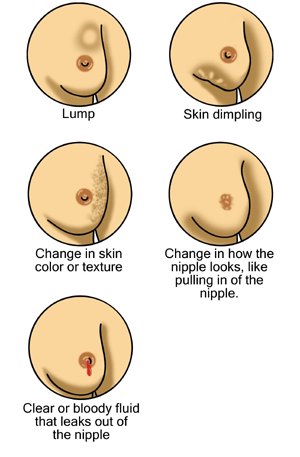
Lumps
Lumps that feel harder or different from the rest of the breast (or the same area in the other breast) or that change over time should be checked by a doctor. Lumps can be a sign of both cancer and benign breast conditions, so it’s important to have a doctor check.
Nipple Discharge
Liquid leaking from you nipple can be troubling but is rarely a sign of cancer. Discharge is serious when it occurs without squeezing the nipple, in only one breast, or is bloody or clear (vs milky).
Another nipple-related sign – if your out-y becomes and in-y, you should bring that to your doctor’s attention.
Skin
There is a type of breast cancer, called inflammatory breast cancer, that doesn’t cause any lumps or discharge. Instead, it causes the skin around the cancer to thicken. It is called peau d’orange (French for “orange peel skin”), where your skin almost literally takes on the feel and appearance like that of an orange.
Don’t accept breast cancer as inevitable. Even if you have a strong family history of breast cancer, there is a lot you can do – making active lifestyle choices, plus regular screenings – to minimize your risk. Even if you do get breast cancer, catching it early if often key to being a survivor and not a statistic.
How Can Activ Doctors Online Work for You?
Personal Health Records
All of your personal health information in a completely secure platform. When you have mammograms, particularly before age 50, the breast can be dense, making it difficult to see cancers. The ability to compare old mammograms to new mammograms can be lifesaving. With Active Doctors Online you can store all mammograms on your personal health record and have them whenever and wherever you need them.
Online Second Medical Opinions
Our online second medical opinions can help you seek out the care and treatment that is right for you.
e-Consultations
Women battling a serious diagnosis have a lot of questions. Sometimes you don’t want to run into the office every time you have a question. If your doctor participates, you can use our secure e-Consultation platform to connect with your doctor online.
October 5th, 2015 at 8:17 pm
Thank you for all this information, I am a 6 year breastfeeding cancer survive, and I am doing well, with right side of removable, thanks so much.
October 12th, 2015 at 9:29 am
There is definately a great deal to know about this issue. I love all the points you made.